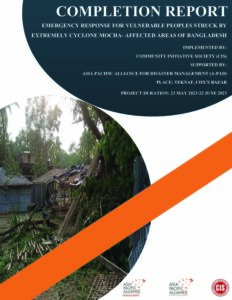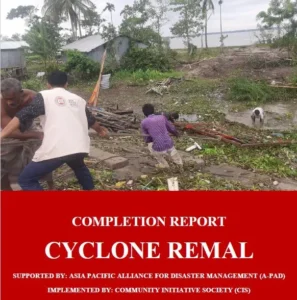Flash floods have caused significant devastation in eleven districts located in the northeastern and southeastern regions of Bangladesh, primarily due to prolonged and heavy monsoon rains linked to an active monsoon system combined with a low-pressure area. As reported by the National Disaster Response Coordination Center (NDRCC), approximately 5.8 million individuals in these regions are facing the dire consequences of the flooding. The tragic toll has reached 33 fatalities, with specific reports indicating that five victims were from Chattogram, four from Cumilla, three from both Noakhali and Cox’s Bazar, and one death each in Feni, Brahmanbaria, and Lakkhipur districts. The flooding has inundated a staggering total of 339,000 hectares of land, resulting in widespread destruction. The districts most severely impacted include Noakhali, Comilla, Lakshmipur, Feni, Chattogram, and Moulvibazar. Rural infrastructure, such as roads, agricultural fields, and fishponds, have been entirely submerged, effectively cutting off essential access routes and severely disrupting local livelihoods. The flooding has also led to extended power outages and limited connectivity, which are seriously hampering communication efforts and coordination for disaster response. In addition to the immediate threat to life and property, the educational sector has faced a significant setback; over 7,000 schools have had to close their doors due to flooding. This closure affects an estimated 1,750,000 primary students, depriving them of their education during this crucial period. The multifaceted impact of the flooding reveals a grave humanitarian crisis, highlighting the urgent need for assistance and recovery efforts in the affected areas.
Situation Analysis:
In August, the region experienced significant flooding, compounding the challenges faced by communities already recovering from a previous flash flood earlier in the month. According to the Ministry of Disaster Management and Relief (MoDMR), approximately 540,538 individuals have been relocated to around 3,403 shelter centers through the collaborative efforts of the Army, Navy, Fire Service, local authorities,



